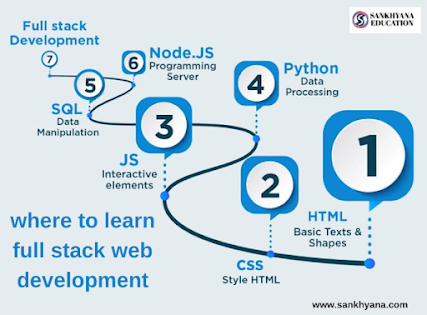10 Most Important Data Science Tools
10 Most Important Data Science Tools
In the realm of data science, these ten tools stand out:
These tools empower data scientists to uncover insights, develop models, and communicate findings, shaping thefuture of data-driven decision-making.
1. Python: A versatile programming language with rich libraries for data manipulation, analysis, and visualization.
2. R: A specialized language for statistical analysis and data visualization, favored by researchers and statisticians.
3. Jupyter Notebooks: Interactive coding environments that combine code, text, and visualizations for analysis and collaboration.
4. SQL: Essential for efficiently working with relational databases to extract and analyze data.
5. TensorFlow and PyTorch: Deep learning frameworks for building and training complex machine learning models.
6. Tableau: A powerful tool for creating interactive data visualizations, dashboards, and reports.
7. scikit-learn: A Python library offering various algorithms for machine learning and predictive modeling.
8. Apache Spark: Fast cluster computing framework for parallel processing of large datasets.
9. Git: Version control system for collaborative coding and project management.
10. Excel: User-friendly software for basic data manipulation and analysis tasks.
Data science has emerged as a pivotal field in the era of big data and advanced analytics. With the
exponential growth of data, businesses and researchers alike are seeking tools that can help them derive
meaningful insights and make informed decisions. In this blog, we will explore the ten most important data
science tools that are shaping the landscape of modern data analysis.
1. Python
Python is undoubtedly the Swiss Army knife of data science. Its simplicity, versatility, and vast ecosystem of libraries like NumPy, pandas, scikit-learn, and Matplotlib make it the go-to programming language for data manipulation, analysis, and visualization. Python's readability and large community support have further cemented its position as the preferred language for data scientists.
2. R
R is another powerful programming language designed specifically for statistical analysis and data visualization. It offers an extensive collection of packages for a wide range of data science tasks. R's rich statistical capabilities and interactive visualizations make it a staple tool for researchers and statisticians.
3. Jupyter Notebooks
Jupyter Notebooks provide an interactive environment for writing and executing code, creating visualizations, and documenting analyses. They support multiple programming languages, including Python and R, and allow data scientists to weave code, text, and visualizations together in a single document, fostering reproducibility and collaboration.
4. SQL
Structured Query Language (SQL) is a must-have tool for working with relational databases. Data scientists use SQL to retrieve, manipulate, and analyze data stored in databases, enabling them to extract insights and patterns efficiently.
5. TensorFlow and PyTorch
These two open-source deep learning frameworks, TensorFlow and PyTorch, have revolutionized the field of machine learning. They provide tools for building and training complex neural network models, making it easier to develop and deploy advanced machine learning algorithms.
6. Tableau
Tableau is a powerful data visualization tool that allows data scientists to create interactive and shareable dashboards, reports, and charts. Its intuitive interface and drag-and-drop functionality make it accessible to both technical and non-technical users.
7. scikit-learn
scikit-learn is a machine learning library for Python that provides simple and efficient tools for data mining and data analysis. It offers a wide range of algorithms for classification, regression, clustering, and more, making it an essential toolkit for building predictive models.
8. Apache Spark
Apache Spark is a fast and general-purpose cluster computing framework that enables data scientists to process and analyze large datasets in parallel. It provides APIs for various programming languages and supports advanced analytics, machine learning, and graph processing.
9. Git
Version control is crucial for managing and tracking changes in code and collaborative data science projects. Git, a distributed version control system, allows data scientists to collaborate seamlessly, maintain code history, and manage different branches of development.
10. Excel
While not as sophisticated as some other tools on this list, Microsoft Excel remains a fundamental tool for data manipulation and basic analysis. Its user-friendly interface, pivot tables, and charting capabilities make it an accessible choice for quick exploratory data analysis.
In conclusion, data science tools play a pivotal role in extracting insights from data and driving informed decision-making. The tools mentioned in this blog, from programming languages to visualization platforms, provide the foundation for data scientists to perform a wide array of tasks, from data manipulation and analysis to machine learning and deep learning. As the field of data science continues to evolve, these tools will likely remain essential for data scientists to navigate the complexities of the data-driven world.

.png)


Comments
Post a Comment